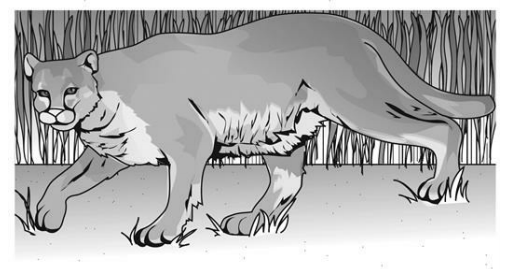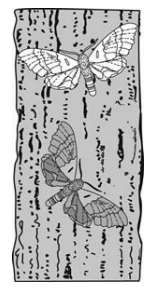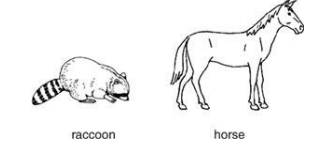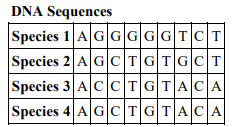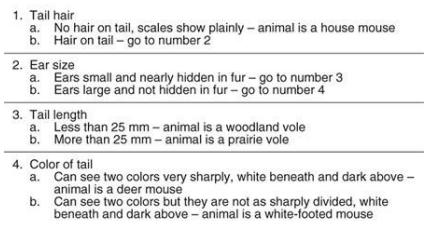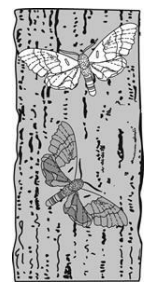
Evolution Review
Assessment
•

Erin Khouma
•
Biology
•
9th - 12th Grade
•
50 plays
•
Hard
Improve your activity
Higher order questions
Match
•
Reorder
•
Categorization
.svg)
actions
Add similar questions
Add answer explanations
Translate quiz
Tag questions with standards
More options
30 questions
Show answers
1.
Multiple Choice

Genetic data suggest many frog species that live in Madagascar and India share a common ancestor that lived on the India-Madagascar landmass.
Which statement BEST describes the divergence of frog species found in India and Madagascar?
Breeding preferences of the frogs prevented interbreeding between frogs, resulting in new species.
Geographic separation led to divergence in the gene pool, resulting in a new species in each location.
The frog species occupied different habitats within the same geographic areas, resulting in new species.
Different mating seasons led to the divergence of the gene pool, resulting in a new species at each location.
2.
Multiple Choice
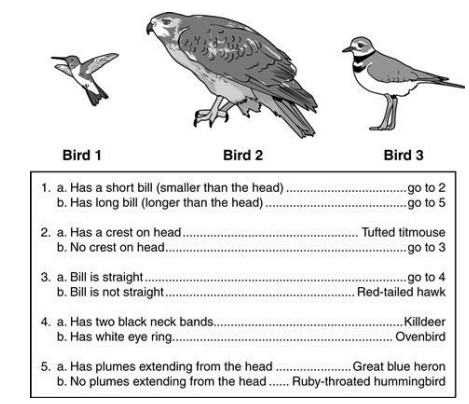
Students were asked to identify the following birds using the classification key shown.
Which statement correctly identifies two of the birds?
Bird 1 is a Ruby-throated hummingbird and Bird 2 is a Tufted titmouse.
Bird 2 is a Great blue heron and Bird 3 is an Ovenbird.
Bird 2 is a Red-tailed hawk and Bird 3 is a Killdeer.
Bird 1 is an Ovenbird and Bird 3 is a Tufted titmouse.
3.
Multiple Choice
A river changes course so a population of mice is subdivided into two populations. The forest on the eastern side of the stream contains a land predator that is absent on the western side of the stream. Which outcome will MOST likely occur in the mice populations over many generations?
Mice on the western side of the stream will have better camouflage.
Mice on the eastern side of the stream will have a different number of chromosomes.
The two groups of mice will develop different adaptations.
The two groups of mice will continue to eat the same food.
4.
Multiple Choice
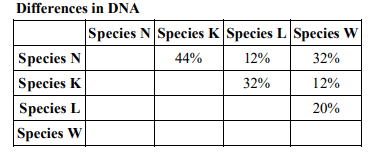
The data table below shows the percent differences in the DNA of four species.
Based on the data in the table, which cladogram is most accurate?




5.
Multiple Choice
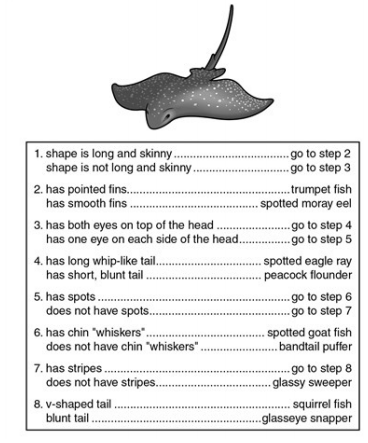
A scientist sees the organism shown below in an aquarium and uses a key to help classify the species.
Based on the key above, what species did the scientist observe?
spotted moray eel
spotted eagle ray
glassy sweeper
glasseye snapper
6.
Multiple Choice
Drought affects a population of plants. One specific plant’s growth rate slows in response to the drought. How could the drought-resistant trait become more common in the population?
Other plants will begin to produce drought-resistant seeds.
The drought-resistant plant will convey its traits to nearby plants.
Other plant species will cross-pollinate with the drought-resistant plant.
The drought-resistant plant will produce more seeds than the other plants.

Explore this activity with a free account
Find a similar activity
Create activity tailored to your needs using
.svg)

Natural Selection
•
9th - 10th Grade

Natural Selection
•
6th - 8th Grade

Natural Selection
•
9th - 12th Grade

Evolution
•
9th Grade

Natural Selection
•
9th Grade

Evolution
•
4th Grade

Artificial Selection
•
6th - 8th Grade

Intro to Evolution
•
9th Grade

